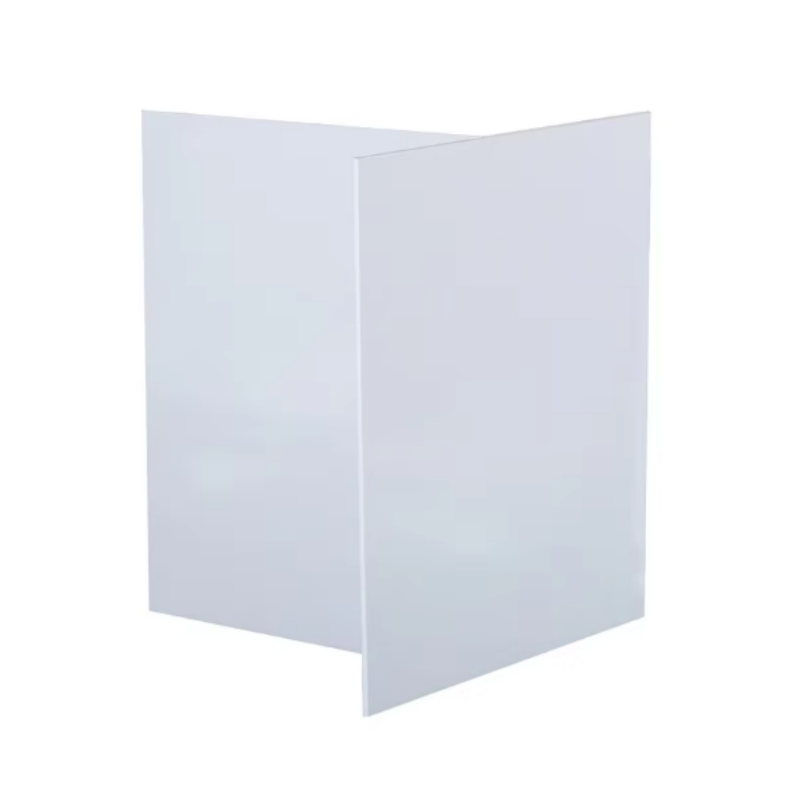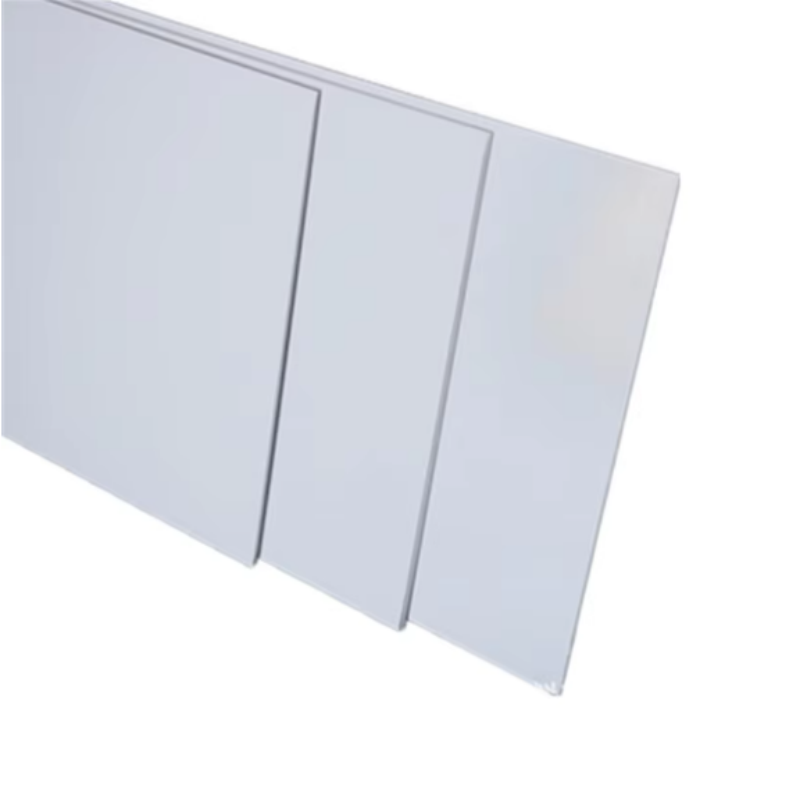
High Impact Polystyrene Sheet HIPS Rigid Sheet
2025-04-18 15:04HIPS
High impact polystyrene, commonly known as HIPS, is a thermoplastic material made of elastomer-modified polystyrene. The two-phase system consisting of a rubber phase and a continuous polystyrene phase has developed into an important polymer commodity in the world. This general product has a wide range of impact properties and processing properties, making it widely used in automotive, equipment, electrical products, furniture, household appliances, telecommunications, electronics, computers, disposables, medicine, packaging and entertainment markets.
Introduction
High-impact polystyrene is a product in which a small amount of polybutadiene is grafted onto a polystyrene matrix. It has an "island structure" in which the matrix is plastic and the dispersed phase is rubber. It has many characteristics:
1. High-impact polystyrene is a thermoplastic resin;
2. It is odorless, tasteless, a hard material, and has good dimensional stability after molding;
3. It has excellent high dielectric insulation;
4. It is a non-quality low-water absorption material;
5. It has good gloss and is easy to paint.
Performance
HIPS has the dimensional stability of general-purpose polystyrene (GPPS) and has better impact strength and rigidity.
The relative density of HIPS is 1.04~1.06, and the heat deformation temperature is 70~84℃. The tensile strength of HIPS is about 15~30MPa, and the elongation is 35~60%. It increases with decreasing temperature and increasing strain rate, somewhat like a rubber toughening system. The properties of HIPS are somewhat like viscoelastic solids, and will creep when exposed to constant tensile stress. Creep decreases with increasing molecular weight and generally increases with increasing rubber content. The creep behavior of HIPS is strongly dependent on the average molecular weight (Mw). The flexural strength is 29.4~50 MPa, the impact strength is 0.09~0.16N/M, the Vicat softening point is 84~100℃, and the melt index is 2~9g/10min. The heat resistance of HIPS parts depends on their shape, production conditions, type of heat source and heating duration, and is also affected by the HIPS grade.
The properties of HIPS are not affected when exposed to water, alkalis and dilute mineral acids. It can be swollen by some organic solvents and dissolved by others, which is determined by the difference in solubility parameters between the continuous phase and the solvent phase. HIPS is particularly susceptible to destruction when exposed to chlorinated hydrocarbons and aromatic hydrocarbons.
Use
Due to its ease of manufacture and low cost, HIPS is widely used in many appliances and industries. Major industries and markets include packaging, disposables, appliances and consumer electronics, toys and recreational products, building products and decorations. The largest single application of HIPS is packaging, especially in the food industry, which accounts for more than 30% of global consumption.



